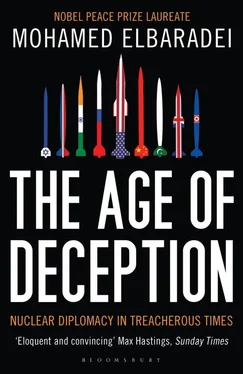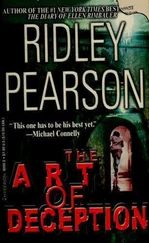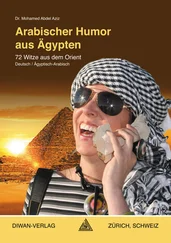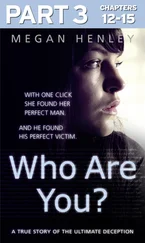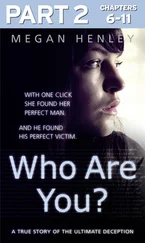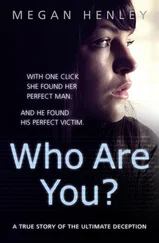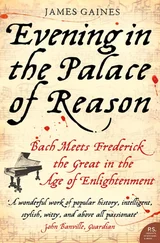After extensive wrangling, the coalition made one concession, agreeing to provide logistical support for IAEA inspectors to carry out a “physical inventory inspection” at Tuwaitha. The inspection took place in mid-June. It was limited in scope. We were not able to investigate the potential civilian health effects resulting from the looting. Nor could we resume our larger mandate of inspection in Iraq, to bring it to closure. But by that time, the United States and its allies had created a separate entity to search for Iraq’s “missing” WMD: the Iraq Survey Group.
The IAEA’s broadest prewar conclusion about Iraq—that there was no evidence that Saddam Hussein’s regime had reconstituted its nuclear weapons program—had been roundly criticized. UNMOVIC’s failure to turn up biological and chemical weapons was also regarded with suspicion. The coalition was determined to prove, at least after the fact, that Iraq’s WMD stockpiles and associated infrastructure—the raison d’être for the war—really did exist. The Iraq Survey Group, a group of more than a thousand American, British, and Australian experts and support staff, was given that mission. They were to report directly to U.S. secretary of defense Donald Rumsfeld.
David Kay reemerged to lead the Iraq Survey Group. Kay had left the IAEA after his Iraq missions in the early 1990s, reportedly unhappy that he had not been offered a senior post in the Agency. He had taken a position with the Uranium Institute, [17] Later renamed the World Nuclear Association.
a nuclear industry advocacy group, but he left when individuals close to the organization reportedly were displeased with his statements criticizing the IAEA and, by implication, undermining the Uranium Institute’s business of promoting nuclear energy. In the months leading up to the war, Kay had been interviewed as an expert on Iraq’s WMD programs and had not hesitated to offer his opinion: “Iraq,” he declared, “stands in clear violation of international orders to rid itself of these weapons.”
But of course, the Iraq Survey Group found no evidence to support such a claim. Kay resigned in January 2004 and was honest enough to tell the U.S. Senate Armed Services Committee, “It turns out we were all wrong.” He was succeeded by Charles Duelfer, a past deputy executive chairman of UNSCOM, and the search pressed doggedly onward. Finally, in early 2005, after two and a half years of Iraq inspections, at a cost of $3 billion, the Iraq Survey Group was disbanded. Nothing had been found to contradict the findings of the IAEA or UNMOVIC. To put this in perspective, $3 billion is roughly the equivalent of the IAEA’s verification budget for inspections worldwide for twenty-five years.
As the months passed, the tragedies and ironies of the war continued to mount. On August 14, 2003, the UN Assistance Mission for Iraq, established to coordinate humanitarian assistance and other affairs, took up residence in the Canal Hotel in Baghdad, where the IAEA and UNSCOM had previously been headquartered. Five days later, a suicide bomber struck the Canal Hotel with a massive truck bomb. More than twenty people were killed, including Sergio Vieira de Mello, the UN high commissioner for human rights, who had been appointed UN special representative in Iraq. Vieira de Mello was a star: charismatic and bright as well as pragmatic and results-focused. Many regarded him as a possible successor to Kofi Annan.
The bombing was naturally a shock. We lost valued colleagues; I knew many of the people who lost their lives, including Vieira de Mello. But of equal significance was that the incident symbolized a turning point in the image of the United Nations. For decades the iconic UN blue helmet had signaled impartiality—and with it, immunity. We now were being treated as the adjunct of an occupying force, playing into the hands of the major powers.
A month later, another car bomb was detonated outside the Canal Hotel, killing an Iraqi policeman and wounding still more UN workers. The roughly six hundred UN international staff in Baghdad were withdrawn; other aid agencies withdrew their employees, too. At the following meeting of the heads of UN agencies in New York, I stressed to my colleagues the urgency of restoring the perception of the United Nations and its agencies as politically independent entities.
Late in October 2004, on the eve of the U.S. presidential election, another controversy erupted. The Iraqi Ministry of Science and Technology had written to the IAEA on October 10 to say that massive amounts of HMX and RDX explosives—enough for seven hundred thousand car bombs—had been looted from an unguarded munitions site at Al-Qa’qaa, previously under IAEA seal. [18] HMX and RDX are powerful chemical explosives. Both were controlled by the IAEA because, while they have many nonnuclear applications, they can be used as detonating material for a nuclear weapon.
I decided to inform the United States first, before informing the Security Council. Then the news was leaked to the media from Baghdad, resulting in major stories in the New York Times and on 60 Minutes . [19] “Huge Cache of Explosives Vanished from Site in Iraq,” New York Times , October 25, 2004.
At that point, I sent a letter to the Security Council, as required by IAEA mandate, explaining what the Agency knew about the issue.
A political uproar followed: I was accused of trying to manipulate the U.S. presidential election, as if I had somehow influenced the timing of the revelation. William Safire weighed in, putting me in essentially the same category as Osama Bin Laden, and accusing me of casting my vote for John Kerry, by virtue of having relayed the Al-Qa’qaa report to the Security Council. [20] From “Osama Casts His Vote,” New York Times, November 1, 2004.
This below-the-belt punch was especially tough. Safire was merciless: “Bin Laden was the second outsider to try to influence our election in an ‘October surprise.’ I suspect the first was Mohamed ElBaradei, the chief U.N. arms inspector.”
Colin Powell rang me up in New York, where I was attending the UN General Assembly. He made no accusations about leaking information, but he said, as one friend to another, that I should be cautious during the election season if asked about this issue by the media.
I explained to Powell how the events had transpired. I pointed out that, after receiving Iraq’s letter, I had informed the United States first, via the U.S. mission in Vienna. I hoped there might be some chance that coalition troops could still retrieve some of the explosives, before the news went public. Naturally I was aware of the sensitivity of the timing. But once the story leaked from Iraq and hit the media, I had little choice as to what action to take. The British ambassador to the United Nations, Sir Emyr Jones-Parry, had called our offices in New York to get the facts. Legally, the explosives at Al-Qa’qaa were under our custody. It had become imperative that we report their disappearance to the Security Council.
I told Powell that in my view the interesting question was why the Iraqis had chosen this timing to report the missing explosives. The central problem, of course, was the lack of control in Iraq overall; this was only one of many critical facilities that had been left unsecured by the coalition. I was reminded of Powell’s long-standing doctrine that if you decide to go to war, you have to ensure an adequate number of troops.
Iraq’s chargé d’affaires in Vienna later told me that the question of whether to report the missing explosives to the IAEA had been discussed at length in Baghdad. The political counselor at the American embassy in Baghdad had advised the Iraqis not to inform us, because, in his view, our Security Council mandate was suspended. However, after discussing it with their minister of science and technology, Dr. Rashad Omar, they decided they had to make the report. Why they timed the letter a few weeks before the election and whether they were aware of the possible implications of it remain interesting questions.
Читать дальше
